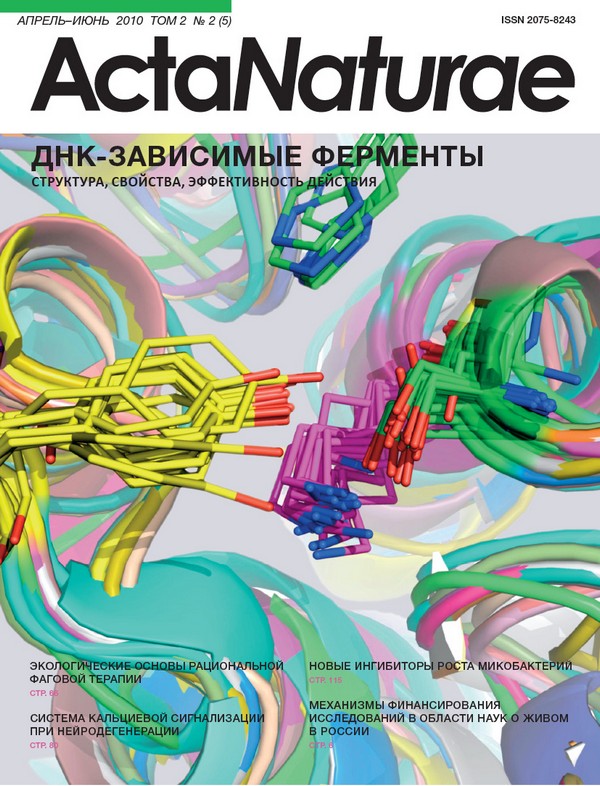Derivation of Induced Pluripotent Stem Cells from Fetal Human Skin Fibroblasts
- Authors: Medvedev SP1, Malakhova AA1, Grigor'eva EV1, Shevchenko AI1, Dementyeva EV1, Sobolev IA1, Lebedev IN2, Shilov AG1, Zhimulev IF3, Zakian SM1,4
-
Affiliations:
- Institute of Cytology and Genetics, Siberian Branch, Russian Academy of Sciences
- Research Institute of Medical Genetics, Siberian Branch, Russian Academy of Medical Sciences
- Institute of Chemical Biology and Fundamental Medicine, Siberian Branch, Russian Academy of Sciences
- Research Center of Clinical and Experimental Medicine, Siberian Branch, Russian Academy of Medical Sciences
- Issue: Vol 2, No 2 (2010)
- Pages: 102-104
- Section: Articles
- Submitted: 17.01.2020
- Published: 15.06.2010
- URL: https://actanaturae.ru/2075-8251/article/view/10768
- DOI: https://doi.org/10.32607/20758251-2010-2-2-102-104
- ID: 10768
Cite item







